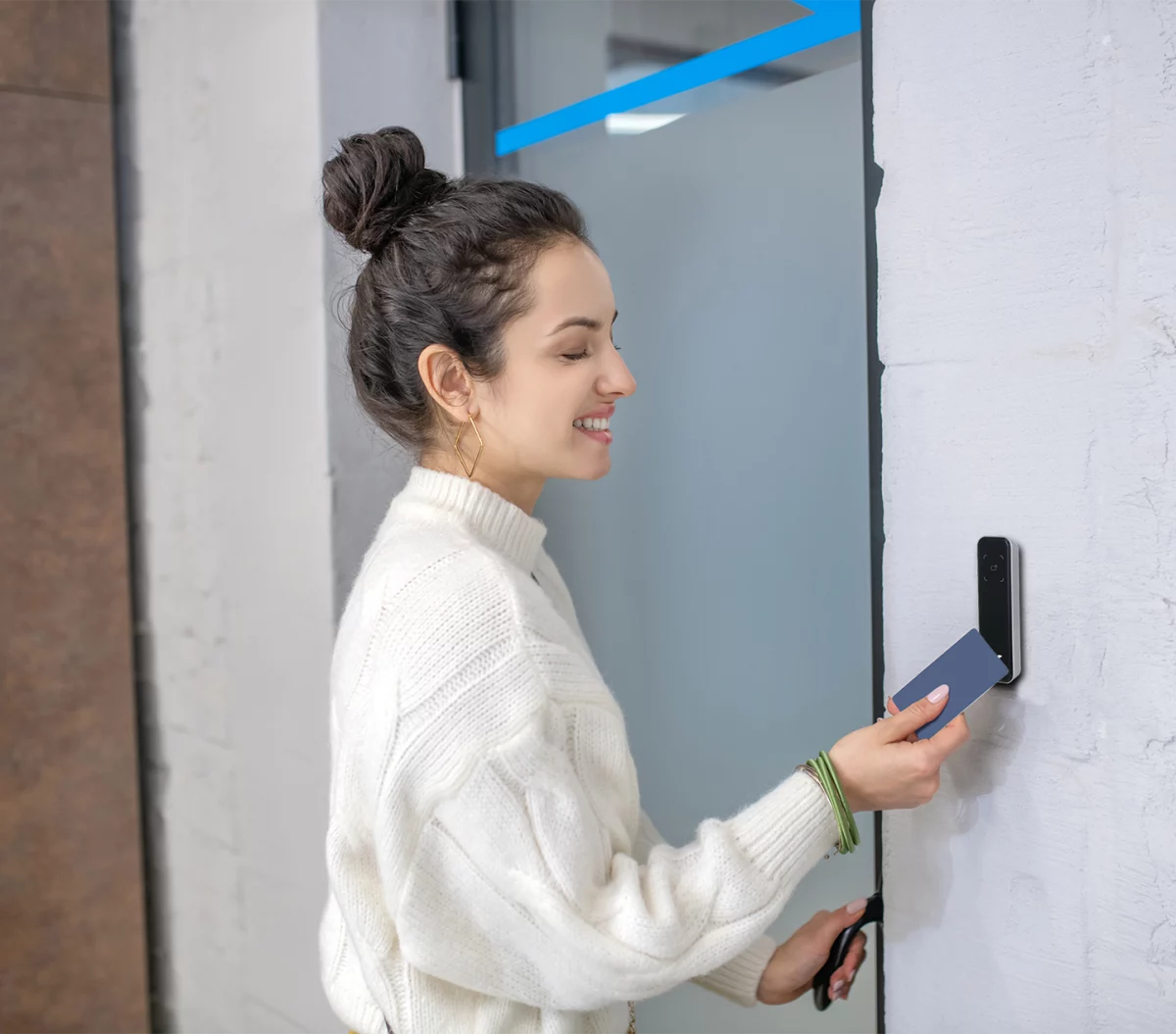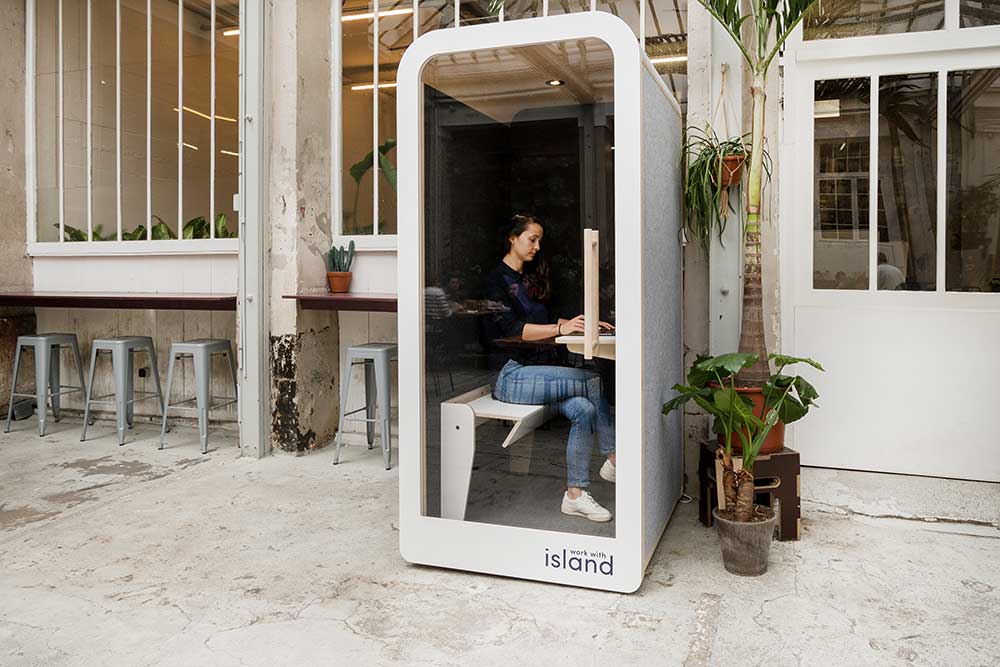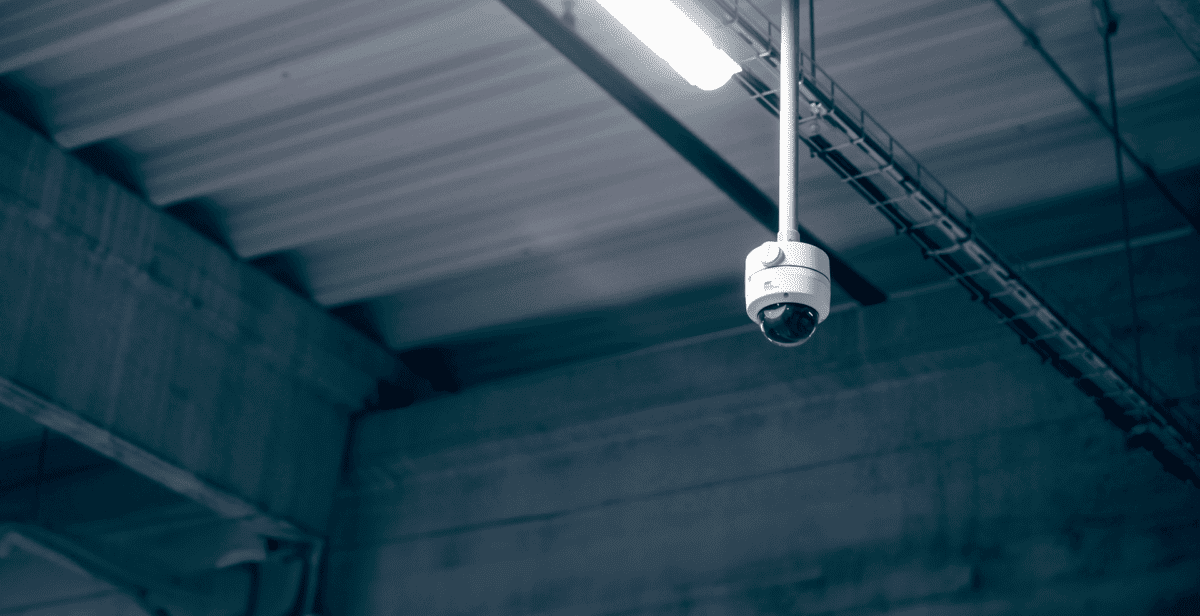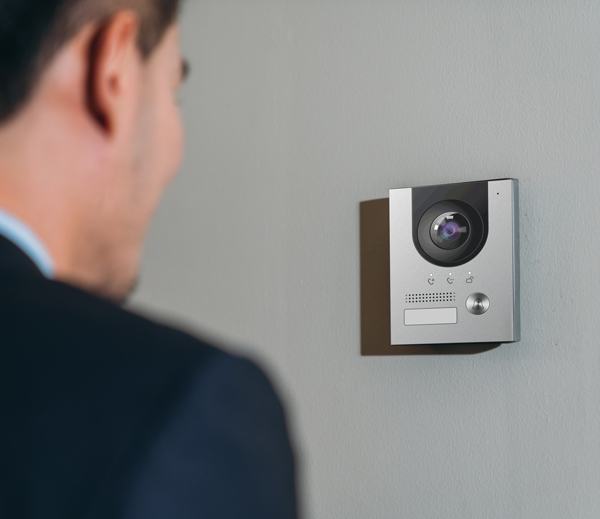

Blog
Why remote working might be the best way to work
Almas Team

The world is digitising at break-neck speed. Recent research by IBM suggests 75% of millennials are now comfortable using biometric technology – be it fingerprint logins on our smartphones, facial recognition when we pass through the airport, or biometric-enabled payment methods. Businesses of all sizes are using biometrics to streamline their operations. Let’s have a look at what they have to offer companies who enable their employees to work remotely.
Working nine to five, what a way to make a living
The phrase “working nine-to-five” is largely limited to Dolly Parton fans visiting karaoke bars. Modern employees, powered by connected technology, are singing a different tune. They are open to discard traditional ways of working. Many research studies have shown that people who can remotely work and are both happier and more productive.
The anywhere office is very much a reality. This exponential trend has been fuelled smartphones, laptops, tablets, a rapid increase in the capacity of mobile technology and a growing prevalence of Wi-Fi hotspots in public places. Furthermore, better enabling services are on the horizon, as is 5G connectivity.
“Numerous surveys have found that workers would choose flexible working over a pay rise. A study involving 8,000 global employees and employers conducted by Vodafone in 2016 found that three-quarters of companies worldwide have already adopted flexible working policies and 61% of them believe that it had increased their company’s profits. Even more convincingly, 83% reported that productivity was boosted by flexible hours rather than reduced by them.”
The benefits of flexible working include flexibility, less commuting, more balance in work/ life commitments, increased productivity and boosted morale.
The challenges of remote working
Between 2012 and 2016, flexi-time has risen by 12.35 per cent. Data from the Office of National Statistics revealed that the number of UK workers who have moved into remote-working has increased by nearly a quarter of a million over a decade. Remote working is obviously beneficial for employees, but it comes with its fair share of challenges for managers; particularly with regards to recording time and attendance accurately.
It is vital to manage the time and attendance of remote workers to ensure efficient working. In the office, it is generally easy to see what staff are doing. It’s not so easy when they’re out on the field or working from home. It is important for managers to monitor staff who work remotely to ensure work is being completed, schedules are adhered to and time isn’t being wasted. These are some tools which can be useful for managing remote workers.
Time Tracking
If you employ remote workers and they are required to work within a specific time frame or set hours, tracking systems will be beneficial. Time tracking is not just about productivity but feeds into the administration of payroll. There are many different types of time tracking software available.
There are many different types of time tracking software available. You may choose to implement web tracking software, where the employee can enter in their start and finish time online. Alternatively, you could use a cloud-based timesheet for inputting working hours and real-time data, allowing managers to approve the hours.
Time trackers may also be part of a wider project management system e.g. through a web-based platform like Monday or Asana. The successful completion of projects is usually time-dependent, so this can be useful for keeping everything on schedule. With time tracking software, employees will usually just log in with their username and password and input their hours.
Mobile Time and Attendance
If you have a Time and Attendance system in place, it is a good idea to incorporate it into a mobile application. This is particularly important for managing employees who work on the road, as it’s much more convenient for them to record time on the go. Mobile Time and Attendance software can also allow employees to manage holiday requests from their mobile.
GPS Tracking
GPS tracking is particularly beneficial if you are managing remote workers who are out and about most of the time. For instance, you may have construction staff on the road or HR advisers who spend their time travelling to meetings. GPS tracking is a good way for managers to know where their workers are, so you can assign them with jobs in their local area, manage productivity and it is also beneficial from a health and safety perspective. It can also be more professional if you know where your employees are when you take calls from customers.
The HSE is very clear when it comes to lone workers – they must never be put at more risk than other workers. Often it is safe to work alone but employers must think about health and safety risks before they arise. Workers have responsibilities to take reasonable care of themselves and other people affected by their work activities and to co-operate with their employers in meeting their legal obligations. There are many types of lone workers: people employed in small businesses, construction workers, cleaners, agricultural workers etc., All of them can benefit from the security GPS tracking can offer.
Team relationships
It is important to carefully manage remote workers, not just in terms of time and attendance, but also with regards to their wellbeing. The idea of remote working can seem alluring at first, but the glamour can soon taper when the reality sets in. There’s the danger that remote workers can end up feeling isolated. It’s important that managers ensure teams are working together, even if they do it remotely and that regular face to face interaction is still maintained. You can keep employees connected by using software such as GoogleDuo or FaceTime.
Employees who work remotely are happier and less likely to take time off than those who work in offices. A study by Stanford University revealed that half of the remote workers feel they are more productive when they work from home, rather than in the office, where there are more distractions. Investing in a solid time and attendance system will allow you to manage your remote workers more effectively.
A happy workforce is a strong workforce and the benefits of biometrics for both employers and employees are numerous. Employee satisfaction leads to better staff retention, key to the success of any people-driven company. The biometric identification technology exists to dramatically improve people management and HR systems in all sectors, and it won’t be long before it really takes hold – so how can you use it within your organisation today?


